What does it take to get into a United States Special Operations Force, such as the Green Berets or Delta Force?
United States Army Special Forces, or “Green Berets,” are distinguished by their unique headgear.
Green Berets represent one of the most classified special forces in the military along with 1st Special Forces Operational Detachment-Delta (1st SFOD-D), or “Delta Force.”
Delta Force (“The Unit”) is one of only a handful of Tier One special mission units, with two others existing in the Army (Intelligence Support Activity (ISA) and the Army Ranger Regimental Recon Company), one in the U.S. Navy (DEVGRU) and the fifth in the Air Force (24th Special Tactics Squadron).
When recruits enlist in the U.S. Army, those with ambitious dreams think about one day serving in Delta Force or Green Berets.
Compare the similarities and differences between Green Berets vs. Delta Force, based on the selection process, overall mission, tactics, command structure, and size.
Related Article – Delta Force (SFOD-D): Selection, Training, Motto, and More
Table of Contents
Green Berets vs. Delta Force – Quick Comparison Chart
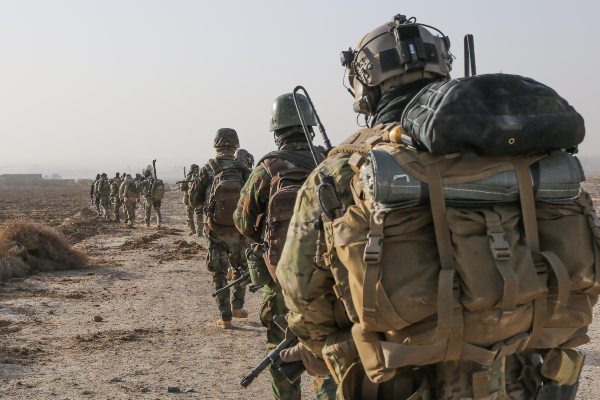
The decision is not easy for recruits that have the rare opportunity to serve in the United States Army Special Forces.
Green Berets serve as a special operations force within the military branch.
These extremely talented and hard-working operatives are deployed all over the globe to execute 9 crucial missions for the U.S. Army.
| Green Berets | Delta Force | |
|---|---|---|
| Summary | Green Berets provide unconventional warfare support for the U.S. Army and establish foreign relations throughout the world. | Delta Force is a highly classified special unit that operates under the Joint Special Operations Command. Delta Force encounters some of the most dangerous missions in the world. |
| Founded | June 19, 1952 | November 19, 1977 |
| Motto | "De Oppresso Liber" – To Free the Oppressed. | "Sine Pari" – Without Equal |
| Average Age | 31 | 35 |
| Logo / Insignia | 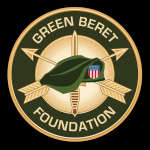 | 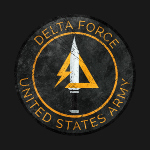 |
| Commanded By | United States Army Special Operations Command | Joint Special Operations Command |
| Total Size | 6,600 | 1,000 |
| Primary Role | - Unconventional Warfare - Foreign Internal Defense - Direct Action - Counter-Insurgency - Special Reconnaissance - Counter-Terrorism - Information Operations - Counterproliferation of WMD - Security Force Assistance | - Counter-Terrorism - Hostage Rescue - Direct Action - Special Reconnaissance - Counter-Narcotic Operations - Counter-Intelligence - Counter-Insurgency - Counter-Proliferation |
| Requirements | - U.S. Citizen - Ages: 20 - 32 - High School Diplomma - Meet physical fitness standards - Eligible for secret security clearance - 20/20 vision (or corrected to 20/20) - Airborne Training Qualified - General Technical (GT) score 110 or higher on ASVAB | - U.S. Citizen - Over 21 years of age - Existing Army servicemember - Enlisted E-4 to E-8 or officer O-3 or 4 - Meet physical fitness standards - Eligible for secret security clearance - 20/20 vision (or corrected to 20/20) - Airborne Training Qualified |
| Training and Selection | - Special Forces Preparation and Conditioning (SFPC) - Special Forces Assessment and Selection (SFAS) - Special Forces Qualification Course (SFQC) - Phase 1: Military Occupational Specialty (MOS) and survival, evasion, resistance and escape (SERE) training. - Phase 2: Small Unit Tactics (SUV), marksmanship, and tactical skills training. - Phase 3: “Robin Sage” where which includes guerilla warfare, infiltration, and other non-traditional skills - Phase 4: Regimental indoctrination, awards, and assignments. - Phase 5: Military Free Fall | - Stage I Physical Training - Stage II Physical Training - Stage III Physical Training - Mental / Psychological Exam - Operator Training Course (OTC) - Marksmanship Training - Demolition and Breaches - Combined Skills training - Tradecraft - Executive Protection - Culmination Exercise |
| Are Women Allowed? | Yes | Yes |
| Headquarters | Fort Bragg (North Carolina) | Fort Bragg (North Carolina) |
Meanwhile, 1st Special Forces Operational Detachment-Delta (1st SFOD-D) – otherwise known as Delta Force or “The Unit” – represents another Army Special Forces.
“The Unit” is under the operational control of the Joint Special Operations Command which primarily deals with 4 distinct courses of action, often against high-value targets.
Delta Force is the U.S. Army equivalent of the U.S. Navy DEVGRU as well as the Air Force 24th Special Tactics Squadron.
These 3 special forces represent the U.S. Armed Forces Tier One Special Mission Units (more information on this later).
Related Article – Delta Force vs. Navy SEALs
Difference #1: Selection
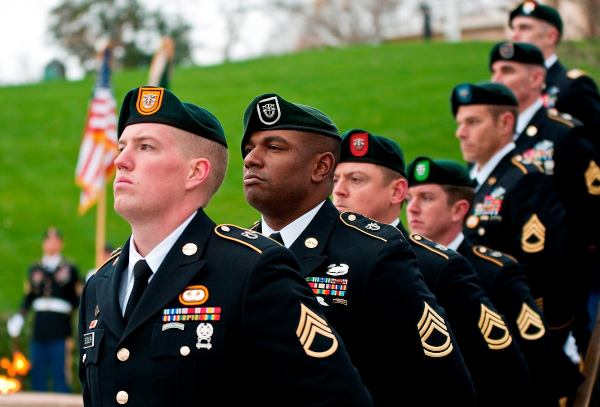
The U.S. Armed Forces represent a collective whole, yet each branch has its own selection process.
The same is true of U.S. Special Operation Forces (SOF) that handle more sophisticated and dangerous missions for the federal government.
Green Berets operate as a special operations force under the command of the United States Army.
Delta Force is comparable yet is under the operational control of the Joint Special Operations Command.
These highly classified individuals perform the most complex and dangerous missions directed by the National Command Authority.
Green Berets Selection Process
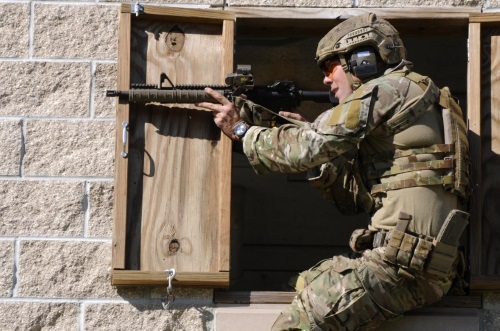
Green Berets – or the United States Army Special Forces – has basic eligibility requirements for every new recruit.
The following stipulations are mandatory to serve in the U.S. Green Berets:
- Citizen of the United States
- Ages: 20 – 32
- High School graduate
- Meet physical fitness standards
- Eligible for secret security clearance
- 20/20 vision (or corrected to 20/20 in both near and distant vision, both eyes)
As you can imagine, the selection process and training for becoming a Green Beret in the Army is very intense.
You’ll need to meet these basic physical fitness qualifications from day one:
- Swim 50 meters wearing boots and ACUs.
- Complete at least 49 push-ups, 59 sit-ups, and 6 pull-ups.
- Run 2 miles in less than 15 minutes and 12 seconds.
- Airborne qualified (or already volunteered for Airborne training)
In terms of education, college experience is helpful yet not mandatory for enlistment.
However, service members do need to complete the Armed Services Vocational Aptitude Battery (ASVAB) as is the case with every other Military Occupational Specialty (MOS).
Recruits that wish to serve in the United States Army Special Forces must earn a General Technical (GT) score of 110 or higher on the ASVAB.
Army Special Forces have a straightforward yet demanding road toward becoming a Green Beret.
The U.S. Army Special Forces are open to enlisted soldiers that have already completed Basic Combat Training, AIT, and U.S. Army Airborne School.
The selection process and training for Green Berets is rigorous and highly selective, so you’ll need to bring your A game.
Selection & Training
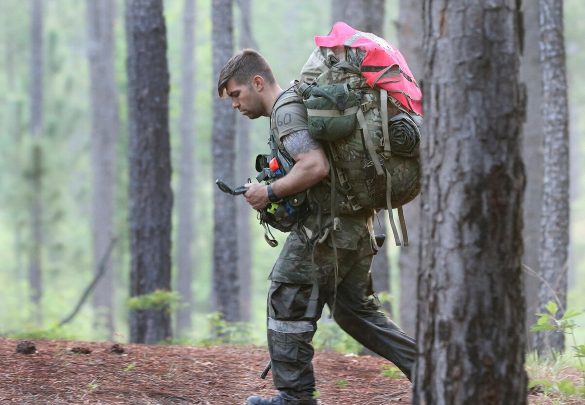
Recruits begin their advanced training six weeks at the Special Forces Preparation Course (SFPC) at Fort Bragg, North Carolina.
The entry-level course primarily focuses on physical fitness as well as tests proficiency in land navigation.
Next, the Special Forces Assessment and Selection (SFAS) is designed to test aspiring Green Berets’ survival skills.
The Army SFAS Physical Training Handbook can help you prepare for the selection and training process.
Those that complete the first official phase of Green Beret training advance to the Special Forces Qualification Course (SFOC), or “Q Course.”
The Green Beret qualification course is rigorous and consists of 6 phases that combine to last approximately 53 weeks.
The Army designs each phase to build expertise in each operative from small unit tactics to unconventional warfare to language and cultural training.
Army personnel spend the first phase at MOS training and SERE School, before moving to phase two, which consists of Tactical Skills Training, a popular segment of the Army Special Forces Qualification Course (SFOC).
Nonetheless, Phase 3 is the most important as it represents the litmus test for aspiring Green Berets.
The point of Phase 3 is to organize squads and insert into a fictional country (Pineland).
As a result, squads enter a simulated unconventional warfare scenario which they must navigate through the countryside of North Carolina.
It culminates in the notorious guerrilla war game known as “Robin Sage” within the U.S. Army.
The purpose of Robin Sage is to see how well aspiring operatives adapt to a constantly changing environment.
Those that survive Robin Sage progress to graduation where they finally get to dawn the notorious Green Beret headgear.
You’ll also receive your assignment and regimental indoctrination.
Phase 5 involves education in the language and culture you’ve been assigned. You’ll be working across the globe and will need to speak, listen, and even read in your assigned language.
Phase 6 involves the Military Free Fall Parachutists Course, after which you’ll transport to your new unit.
All in all, the length of the “Q Course” and other training to become an Army Green Beret lasts about 55 weeks, except for those in medical fields, which is slightly longer.
After completing the Army Special Forces Qualification Course, operatives are eligible to train in many other advanced skills courses.
Related Article – Green Berets vs. Army Rangers: 5 Major Differences
Delta Force Selection Process
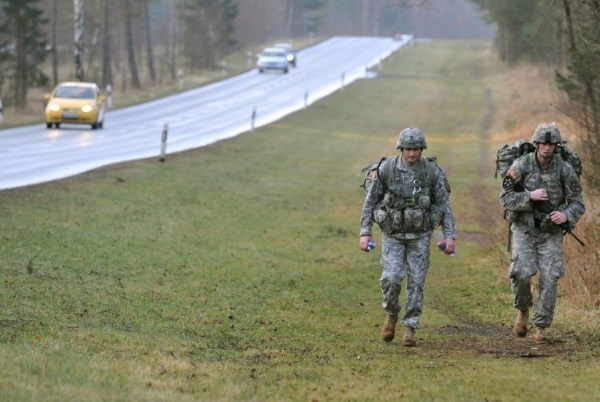
Delta Force generally has a shorter selection process compared to Green Berets yet that is not to suggest it is any easier.
“The Unit” is different from Green Berets in that potential candidates must already serve in the special ops.
Thus, many candidates for Delta Force are often plucked from available Green Berets or Army Rangers.
For this reason, recruits that aspire to serve in Delta Force already arrive at training very well prepared.
Nonetheless, Delta Force training involves several different stages:
- Stage I: Physical Testing
- Stage II: Physical Testing
- Stage III: Physical Testing
- Mental Toughness Training
- Operation Training Course (OTC)
Since many of the activities of Delta Force are highly secretive, we do not know the complete full scope of training.
However, former members have written books throughout the years that provide some insights into Delta Force, which has recruited special ops within the U.S. Army since the 1990s.
Recruits spend the early portion of the selection process getting physically and mentally prepared for advanced training techniques.
Additionally, land navigation is emphasized during training comparable to the selection courses of Green Berets.
Selection & Training
The highly selective special forces unit only relies on candidates that have previously served in a comparable division, like Green Berets.
After candidates endure the first phase of physical fitness, the final two stages test everything you got.
Stage II puts recruits through a series of land navigation courses including an 18-mile all-night adventure.
The journey is made even more difficult by having to complete the trek hauling a 40 lb. rucksack.
The rucksack gains weight throughout the course, making it even more challenging.
Meanwhile, Stage III is just as intense, as the final stretch concludes with a 40-mile march while carrying a 45 lb. rucksack over difficult terrain.
Delta Force is also renowned for putting candidates under an intense psychological evaluation to test mental competence and strength.
Lastly, the Operator Training Course (OTC) is the final stretch along the Delta Force selection and training process.
The 6-month training period presents the specialized skills the unit will need to counter terrorism, among other responsibilities.
Candidates spend time improving marksmanship along with acquiring experience in demolitions and breaches.
While much of the training and operations of Delta Force remain highly classified, former operator Paul Howe confirmed how selective the unit is when considering potential candidates.
In fact, Howe claims that out of nearly 250 recruits, only 12 – 14 successfully completed the training process.
And, among Delta Force members, a very small portion are selected for consideration by the Central Intelligence Agency (CIA) extremely secretive Special Operations Group (SOG) and Special Activities Division (SAD).
Related Article – CIA Special Activities Division (SAD)
Difference #2: Overall Mission
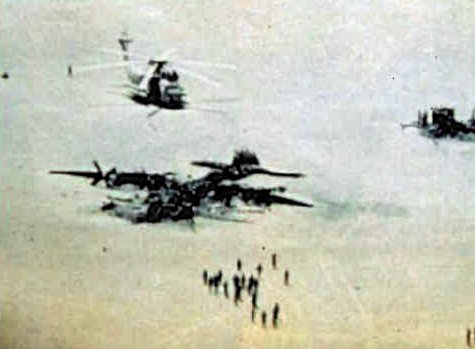
What special force will offer you with more action out in the field?
It’s almost like asking who is more bad***, Bruce Willis or Chuck Norris?
In the end, both Army Special Forces serve very important purposes and are central to maintaining national security.
Here are the primary differences between Green Berets and Delta Force out in the field:
Green Berets
The United States Army Special Forces (Green Berets) are responsible for 9 important types of missions:
- Counter-Terrorism
- Unconventional Warfare
- Foreign Internal Defense
- Direct Action
- Counter-Insurgency
- Special Reconnaissance
- Information Operations
- Counter-Proliferation of WMDs
- Security Force Assistance
These are all fancy words for indicating that Army Green Berets have a lot of important tasks to help keep the nation safe.
Notwithstanding, the most important function of Green Berets is their role in “unconventional warfare.”
Unconventional warfare includes a variety of tactics with one of the most recognizable being guerilla warfare.
In general, it is a version of covert assistance that addresses foreign policy in hostile parts of the world.
In these settings, the modern-day U.S. military generally relies on unconventional warfare as opposed to deploying countless troops.
Consequently, Green Berets often fill this void along with other extraordinarily important yet classified missions.
Green Beret operatives that specialize in unconventional warfare and other tactics of the Army Special Forces excel in sabotage, subversion, and intelligence collection.
Related Article – Green Berets vs. Navy SEALs
Delta Force
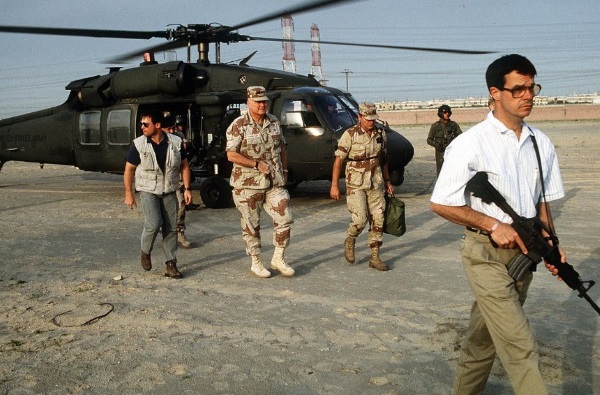
Delta Force, or “The Unit,” is officially known as the 1st Special Forces Operational Detachment-Delta.
The special operations force also operates under the United States Army along with Joint Special Operations Command.
Delta Force shares many of the same responsibilities of Army Green Berets, including:
- Counter-Terrorism
- Hostage Rescue
- Direct Action
- Special Reconnaissance
- Counter-Narcotic Operations
- Counter-Intelligence
- Counter-Insurgency
- Counter-Proliferation
“The Unit” is tasked primarily with missions that involve counter-terrorism, hostage rescue, direct action, or special reconnaissance.
These missions are highly classified and generally involve high-value targets.
They are also frequently involved in personal security details, or PSD, which is just a fancy term for bodyguards.
Army Delta Force has two counterparts in other branches of the U.S. Armed Forces:
- United States Naval Warfare Development Group (DEVGRU) / SEAL Team Six
- United States Air Force 24th Special Tactics Squadron
These 3 specialty units of the U.S. Armed Forces represent its Tier One Special Mission Units.
In other words, Army Delta Force handles some of the most sophisticated, classified, and dangerous missions in the U.S. Armed Forces.
Delta Force frequently trains or works alongside Navy SEAL Team Six and other special forces out in the field.
Since the public does not know much about the specifics of Delta Force raids, we can rely on Sean Naylor’s passage from “Relentless Strike,” which details the formation of Joint Special Operations Command (which includes Delta Force).
According to Naylor, the primary purpose of Delta Force and other covert commando units is to execute “small, high-intensity operations of short duration” such as raid and capture missions.
However, the primary difference between Delta Force and Green Berets is their relations with local foreign guerrilla groups.
While Green Berets spend time learning the language, culture, and customs of foreign places, the main function of Delta Force is not to advise and organize local militias.
Difference #3: Size
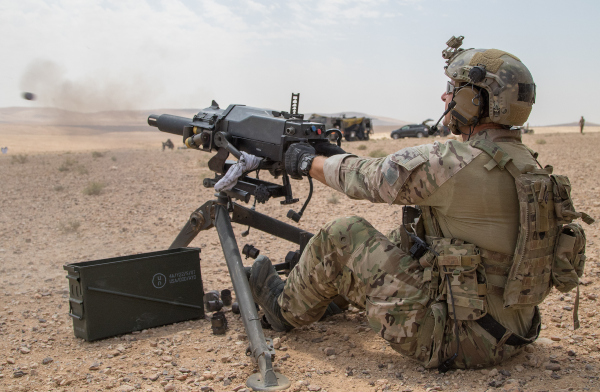
Size does matter when it comes to the discussion of Green Berets vs. Delta Force.
Why?
Army Special Forces is massive compared to Delta Force in terms of enrollment.
On the opposite spectrum, Delta Force represents just a small fraction of Army Special Operations Command.
Additionally, it recruits most of its operatives from existing special forces including Army Green Berets.
The United States Army divides Green Berets into 5 active-duty and 2 National Guard groups.
These military groups are comprised of multiple battalions of Army Special Forces soldiers that are further separated into Operational Detachments (ODAs).
The U.S. Army assigns Special Forces groups across the nation and overseas.
Meanwhile, Delta Force represents a much smaller special ops force that specializes in direct action and counter-terrorism.
While we do not know the exact number of members, current estimates range between 1,000 – 1,500 operators.
The limited number of operatives is then divided into 4 assault squadrons and 3 support squadrons.
There are rumors that women already serve in the highly prestigious yet secretive military organization, though nothing has been confirmed.
Nonetheless, despite the small size of Delta Force, it technically receives more funding than Green Berets thanks to being assigned a Tier One special unit.
Difference #4: Command Structure
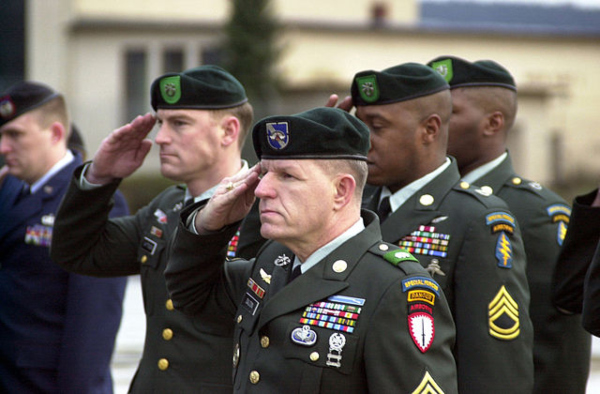
The command structure may not seem like a big deal when considering Green Berets vs. Delta Force, yet it actually plays an integral role.
While both special forces technically operate under the United States Army, they are both structured differently.
Even if the command structure may not matter until you join special ops, it does help to know how it impacts funding.
Delta Force is considered a Tier 1 special missions unit, which grants it some of the best funding of any military group.
Therefore, Delta Force is fantastically well-funded despite having fewer members compared to Army Green Berets.
Let’s examine some of the crucial differences between the two special forces:
Green Berets Command Structure
The United States Army Special Forces were not officially formed until 1987.
However, there is clear evidence that many special ops units have origins that date back further even if they were not described as Green Berets.
In fact, history indicates that the principles for unconventional warfare, a hallmark of Green Berets, were formulated during the Korean War.
Army Special Forces have been in operation since the 1950s and involved in nearly every foreign conflict involving the United States.
Today, Green Berets are divided into 5 active-duty (AD) and 2 Army National Guard (ARNG) Special Forces Groups.
The Army assigns a specific regional focus to each Special Forces Group (SFG).
It is a priority that these groups receive intensive language and cultural training regarding the area Green Berets are sworn to protect.
Army Special Forces played a massive role in the invasions of Iraq and Afghanistan during the War on Terror.
It led to the U.S. Army creating a fourth battalion in each Special Forces Group at the beginning of 2012.
The command structure of Army Green Berets is complex, yet you should know that groups are generally assigned to a Unified Combatant Command or a theater of operations.
Delta Force Command Structure
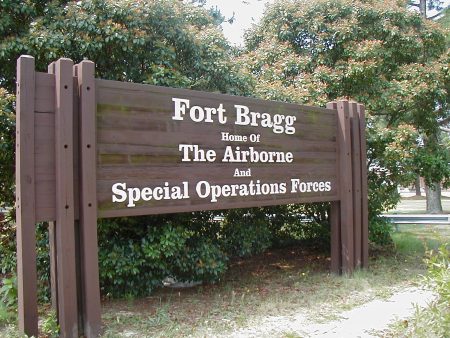
Delta Force is one of the most elite armed forces, not only in the United States but the entire world.
Nonetheless, Delta Force keeps its command structure simple by having a single headquarters, unlike Green Berets.
While Army Special Forces are based around the world, Delta Force maintains a single headquarters behind the high security of Fort Bragg, North Carolina.
The highly secretive special force was created after several infamous terrorist incidents involving the United States in the 1970s.
An increase in global terrorism led to the U.S. government creating a full-time unit to combat terrorism.
Thus, Delta Force was also crucial in the War on Terror and subsequent invasions of Iraq and Afghanistan.
The original vision of Delta Force was to create a highly adaptable and totally autonomous unit of small teams that provide a broad array of skills.
Whereas Green Berets spend time learning the language and culture of the place it occupies, Delta Force is far more concerned with direct, swift action.
For this reason, Delta Force was officially established in November of 1977.
It technically dates back older than Army Special Forces, yet both units have origins that date back prior to their official establishment.
Delta Force is technically under the organization of the U.S. Army Special Operations Command (USASOC).
Regardless, it is more controlled by the Joint Special Operations Command (JSOC) which also oversees other important Tier 1 special units like SEAL Team Six.
Unfortunately, we do not know much else about the command structure of Delta Force, since so much of what the unit does is highly classified.
However, we can learn some about Delta Force’s structure by studying the British 22 SAS Regiment, which reportedly inspired the formation of “The Unit.”
Author Sean Naylor offers some of the best insights into the formation and command structure of Delta Force.
He explains that the unit is extremely small with approximately 1,000 members, only a few hundred of which are involved in direct action and counter-terrorism.
Naylor breaks the structure of Delta Force into 6 different squadrons represented by a letter of the alphabet.
The first 4 squadrons (A, B, C, D) are reportedly assault units with several other support squads.
Naylor adds that most squadrons consist of 3 troops (each troop at 4 teams).
The 2 assault troops are reserved for direct action and reconnaissance along with a surveillance troop that penetrates enemy lines and gathers intelligence.
Difference #5: Tactics
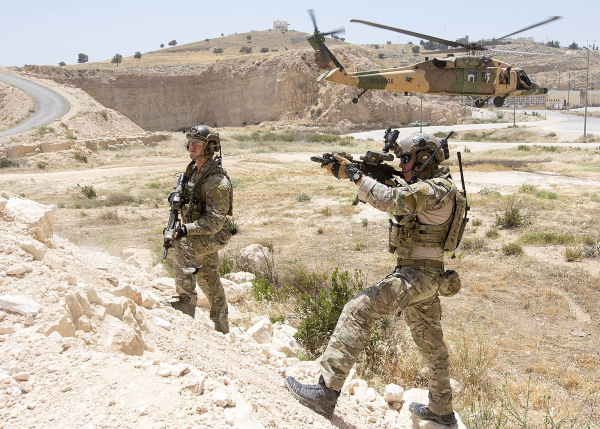
The final and most important difference is the tactics and strategy of each special unit.
It is important to note that Delta Force and Green Berets share many of the same responsibilities.
Both organizations are experts in unconventional warfare including counter-terrorism and direct action.
Now, for the key differences between Green Berets and Delta Force:
Green Berets Tactics
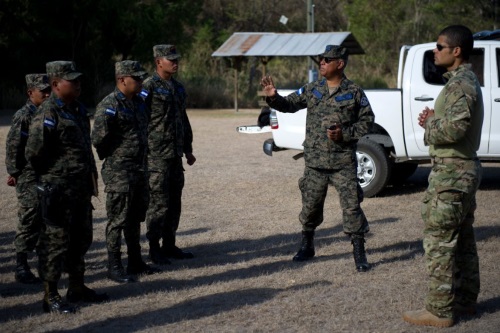
The United States Army Special Forces deploy in many different types of missions.
These operatives are extremely versatile, well-trained, and prepared to adapt in the field.
Green Berets specialize in unconventional warfare and foreign internal defense.
They also may provide direct action, counter-insurgency, or special reconnaissance based on need, though it’s not the primary purpose of Army Special Forces.
One thing that distinguishes Green Berets from Delta Force is how they interact with foreign nationals.
Green Berets receive extensive language and cultural training for a reason.
It allows Green Berets to establish long-term relationships with foreign countries or militias in which the U.S. has an invested interest.
Thus, Green Berets are not only first-rate combat specialists but they also know how to organize and lead.
These operatives are crucial in establishing strong alliances in some of the most dangerous parts of the world.
Delta Force Tactics
Unfortunately, we do not know many specifics about actual Delta Force missions since so much is confidential.
In fact, the identities of most members of Delta Force never become known to the public.
Regardless, we do know enough about the organization and previous operations of Delta Force to get an idea as to its tactics.
Delta Force is comparable to Green Berets in that unconventional warfare represents the heart of the special unit.
“The Unit” was heavily involved during the conflicts in Afghanistan and Iraq, and remains one of the most prominent counter-terrorism forces in the world.
Recently, “The Unit” was acknowledged (along with Army Rangers) for the raid of ISIS leader Abu Bakr al-Baghdadi, which lead to his death.
Delta Force is known more as a quick strike unit that aims to complete a mission in as little time as possible.
Thus, the tactics of the special unit are a little different from Green Berets since they rarely establish permanent shops anywhere.
Additionally, Delta Force is under a joint command so they are more prone to assist other special units (like Navy DEVGRU) in highly classified missions.
Delta Force operatives may train or interact with other foreign units to improve relationships.
Related Article – Delta Force Weapons and Gear
Conclusion
The debate between Green Berets vs. Delta Force sparks a fun conversation.
It is useless arguing over which special unit is more important or tougher.
However, understanding the differences between Green Berets and Delta Force does make it easier to decide which special forces suits your needs better.
Army Green Berets are very well-trained operatives that learn to speak another language and adapt to their surroundings.
They are crucial in training and structuring foreign militias in hostile places around the globe.
Meanwhile, Delta Force is a much smaller and more secretive organization that obtains much of its talent pool from existing Green Berets.
These operatives also specialize in unconventional warfare yet are more designed for quick action.
Therefore, they rarely stay long enough in an area to establish relations with local people aside from the conflicts in Iraq and Afghanistan.
- Ikon Pass Military Discount: Learn How To Save Big - January 31, 2025
- RTIC Military Discount: Find Out How To Save Big on Gear - January 30, 2025
- Traeger Military Discount: Learn How To Save Big on Smokers - January 28, 2025

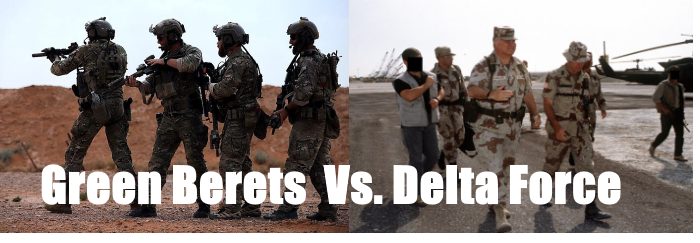




I’m a retired Special Forces Officer and for a lay person reading this article, it is the clearest I’ve come across that succinctly, and unambiguously distinguishes the fundamental similarities and differences between Green Berets and Delta (Tier 1) Operators.Well done! De Oppresso Liber
Thanks for that, Matt!
Rob V.
OMK Owner / Founder